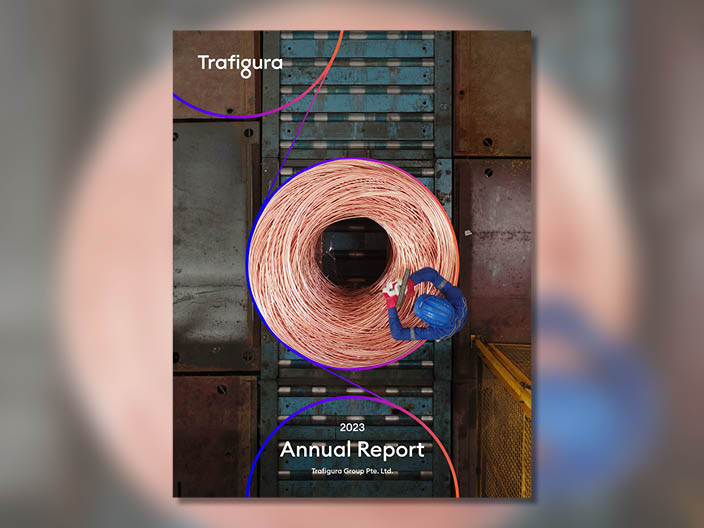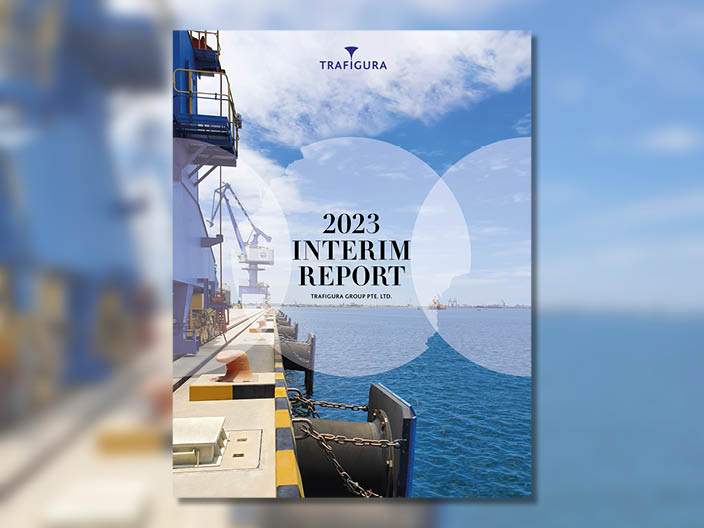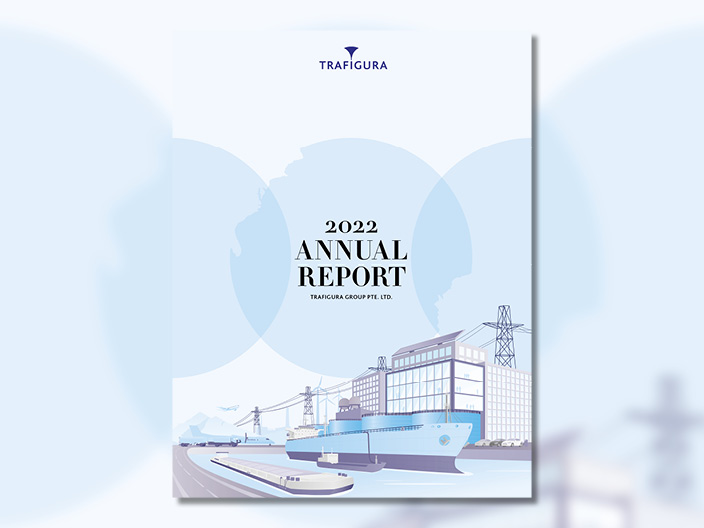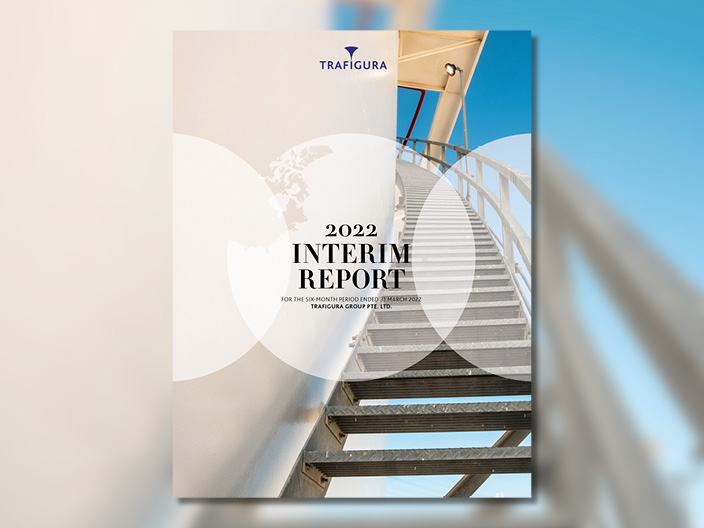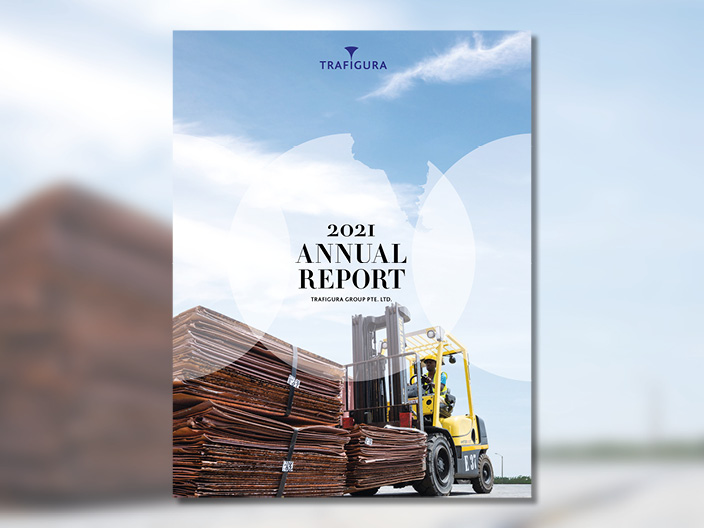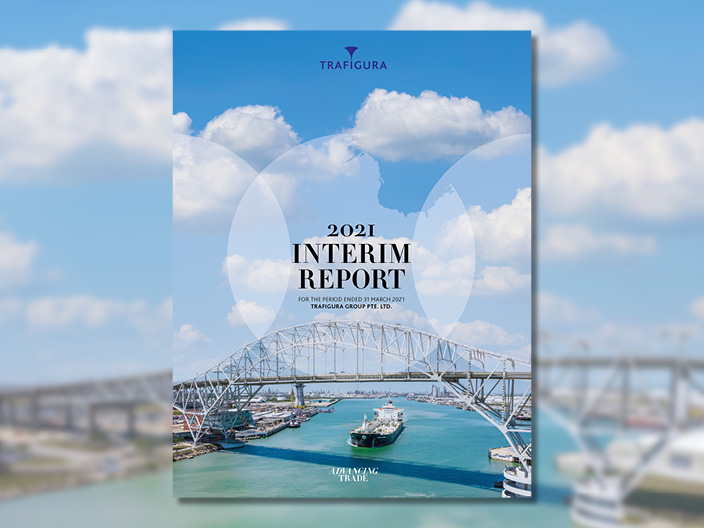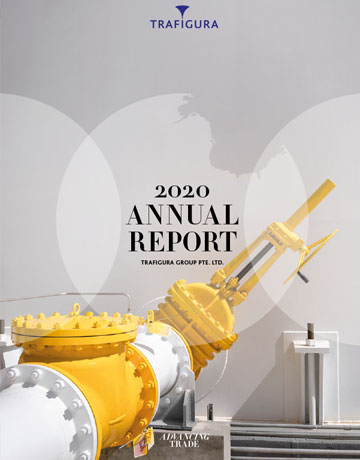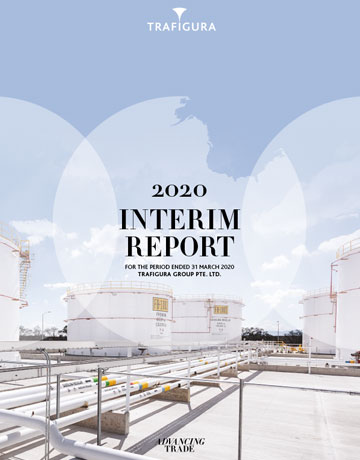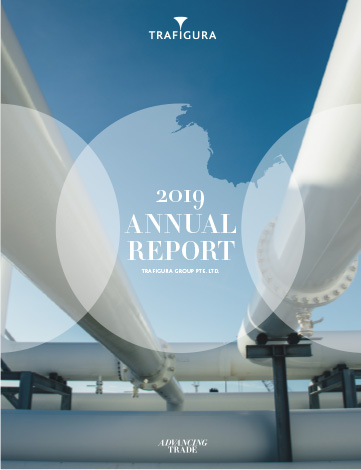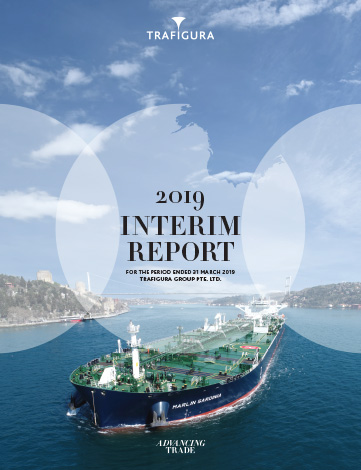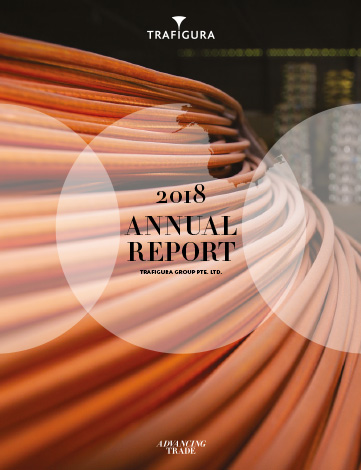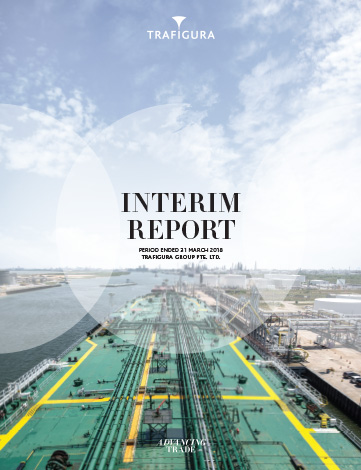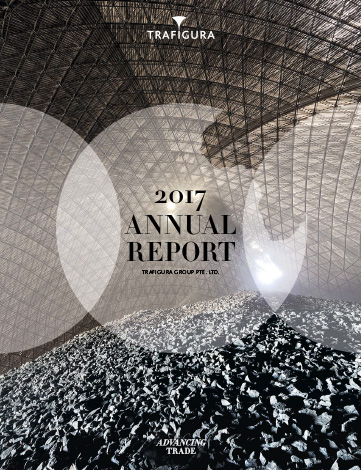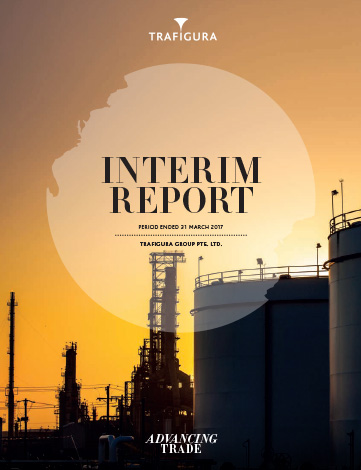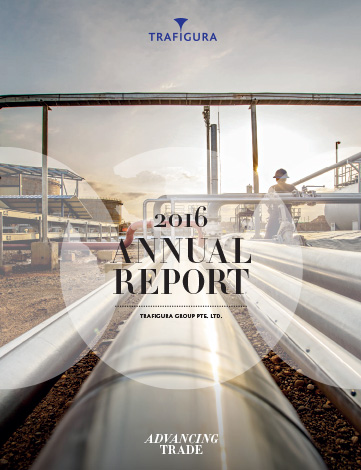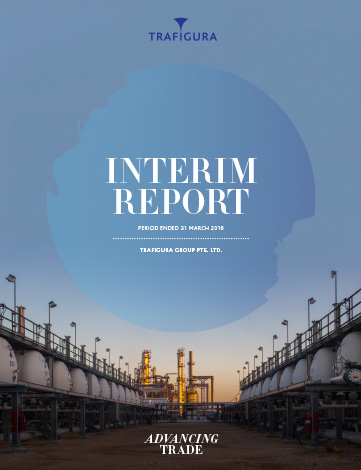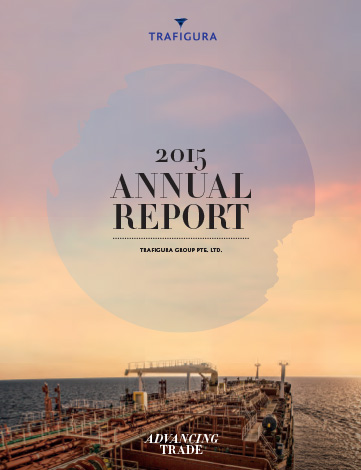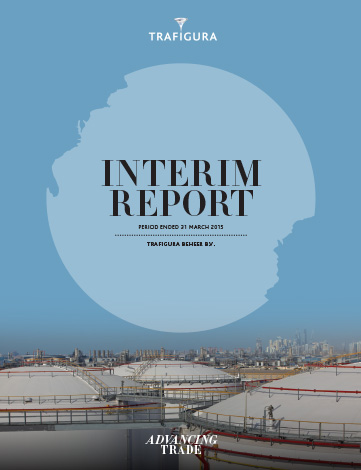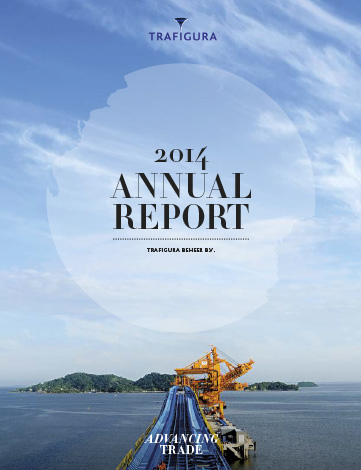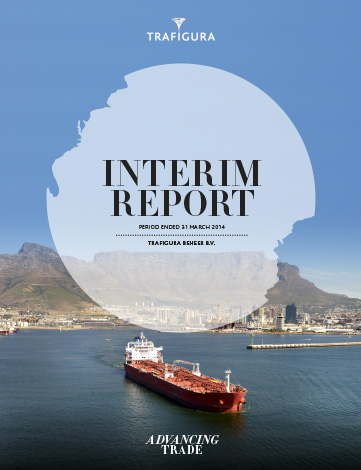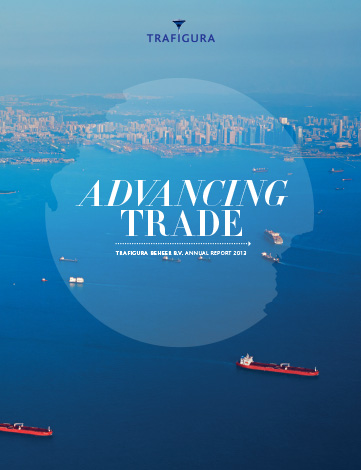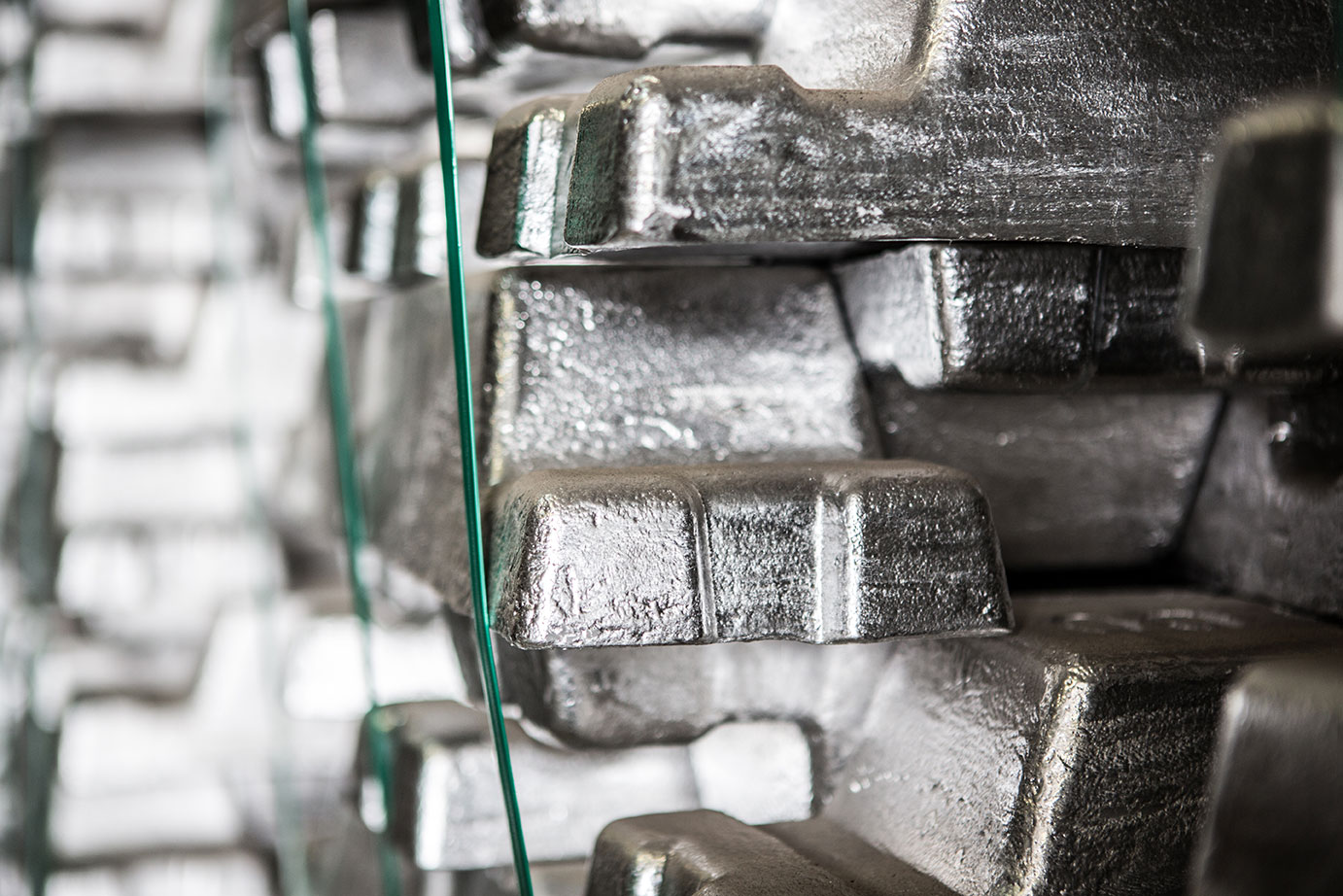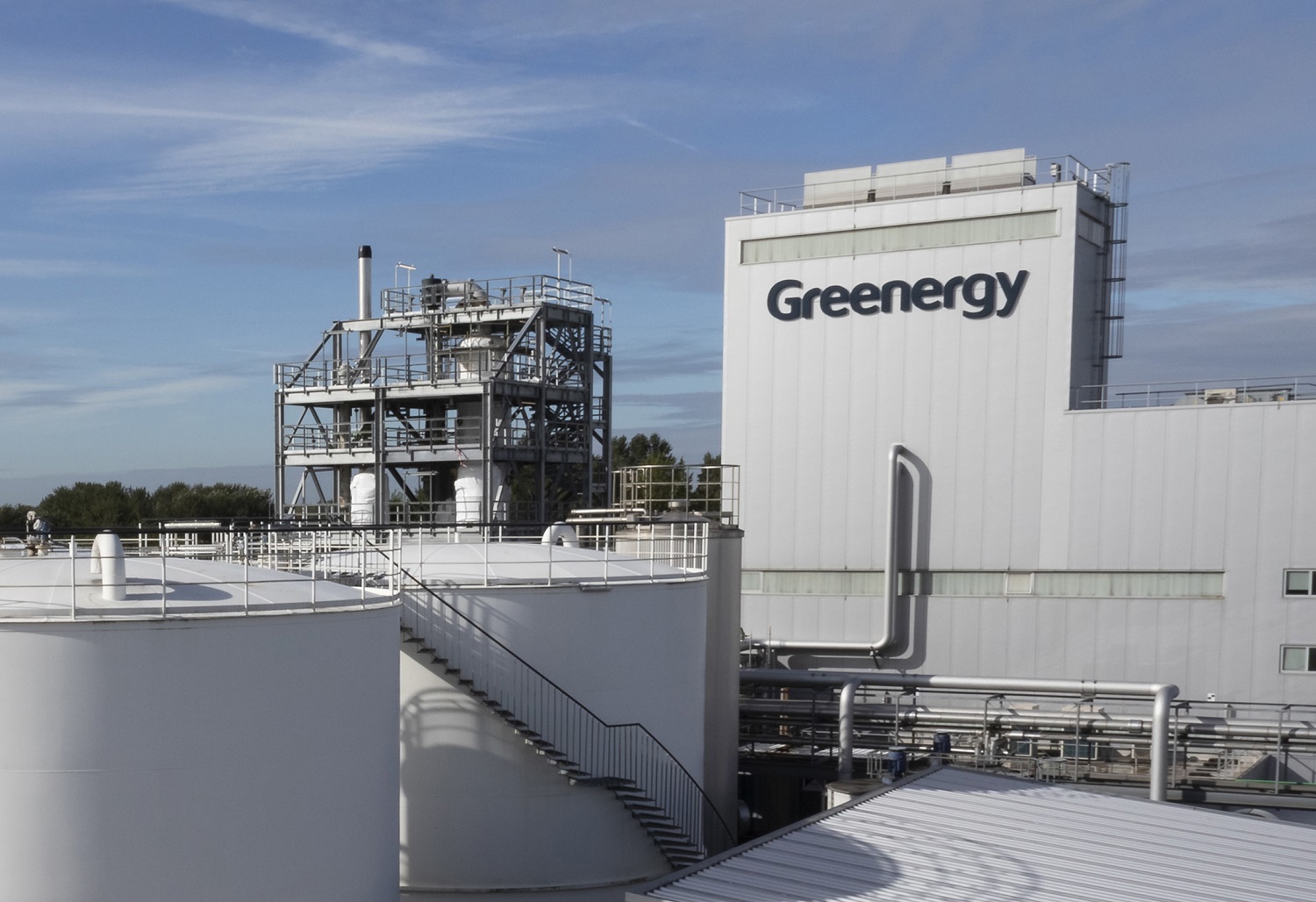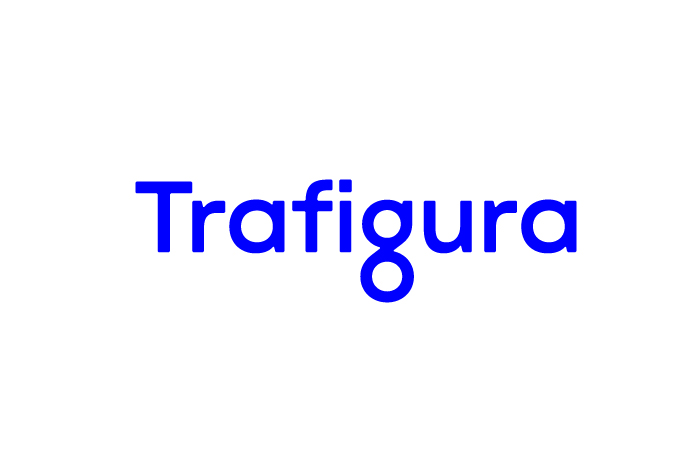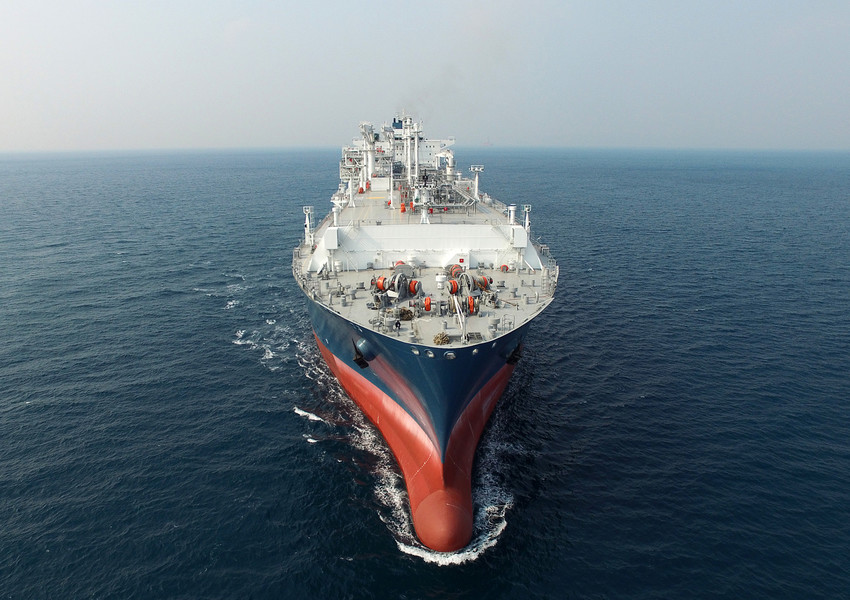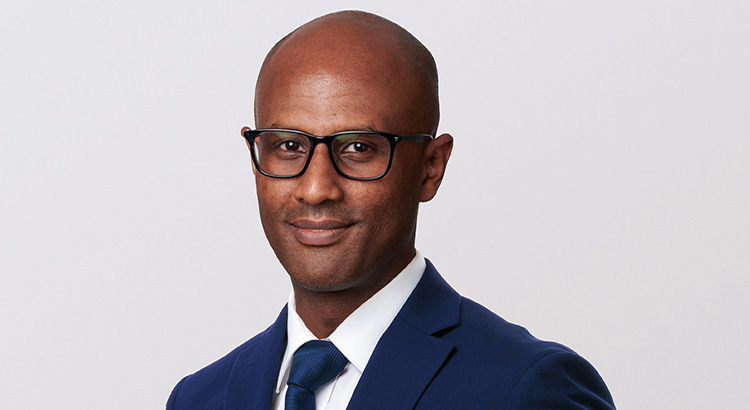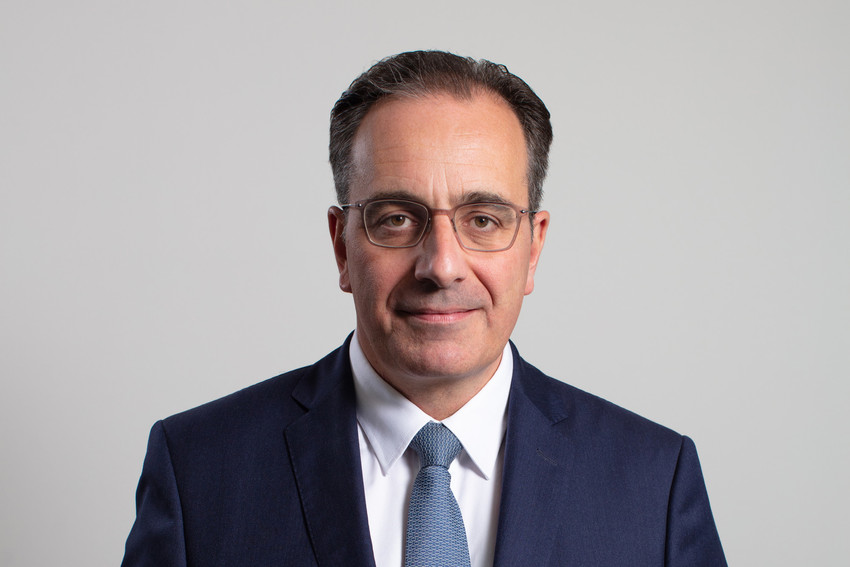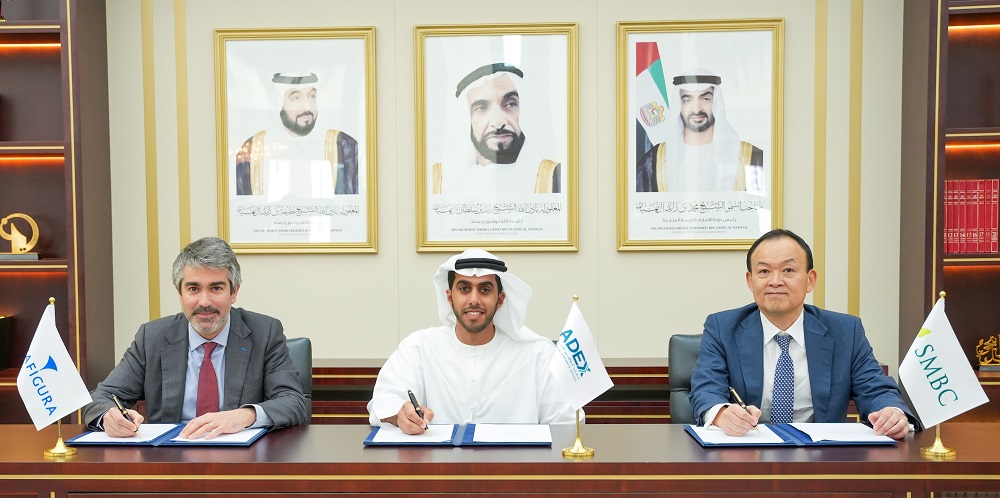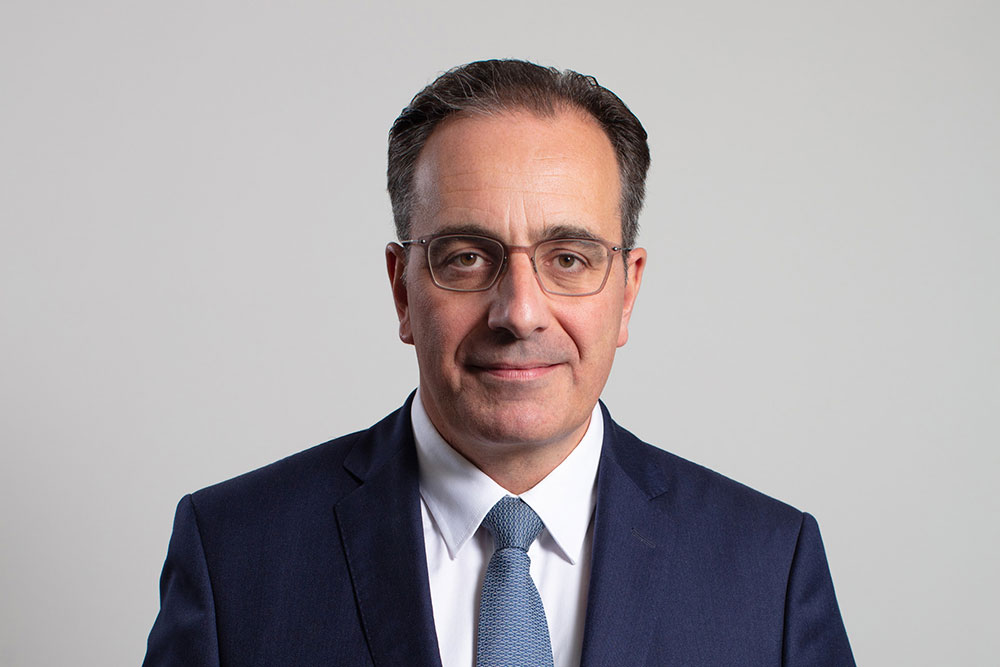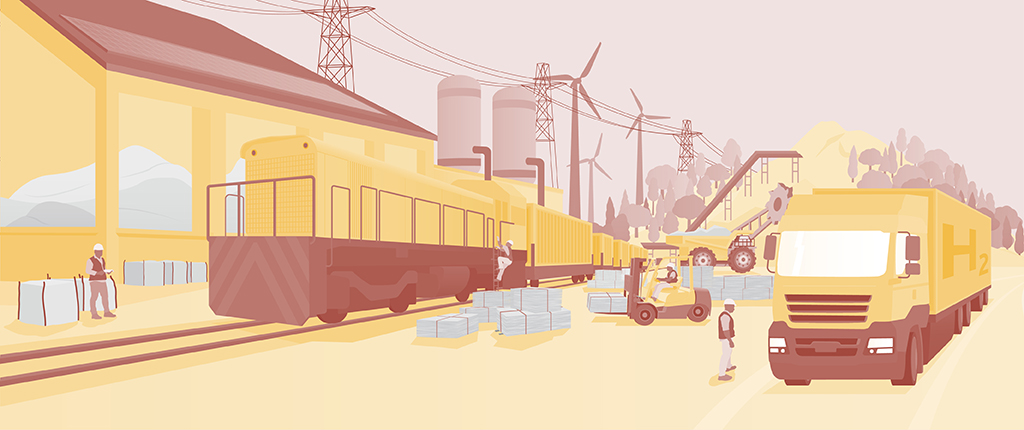REPORTS & RESULTS
Financial reports
Trafigura Group publishes half-year and audited annual reports in line with our commitment to open engagement with our stakeholders about our business, including our financial performance.
We have published our financial results every year since 2013, providing industry-leading transparency and disclosure.
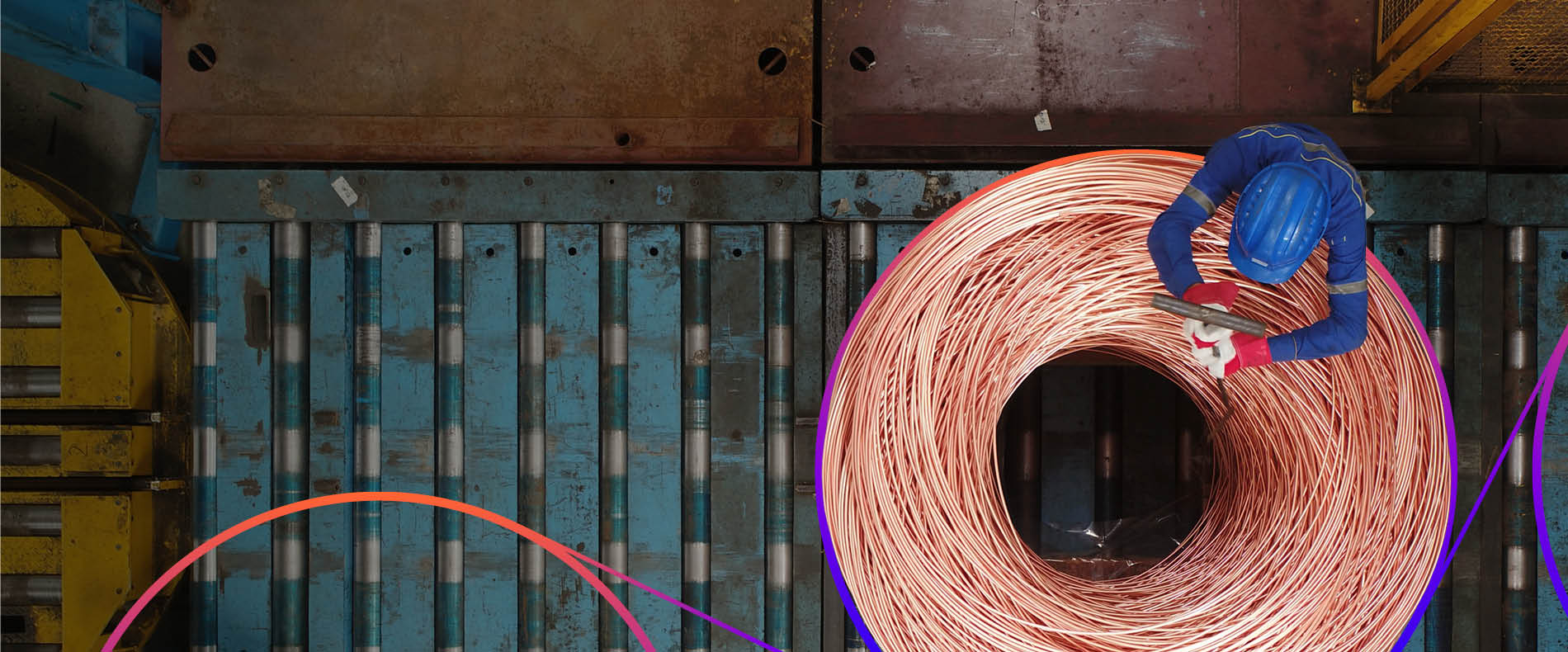

2023
2022
2021
Archive
Trafigura's 2023 Annual Results
Jeremy Weir our Executive Chairman and CEO, and Christophe Salmon our CFO discuss the Group's performance in 2023
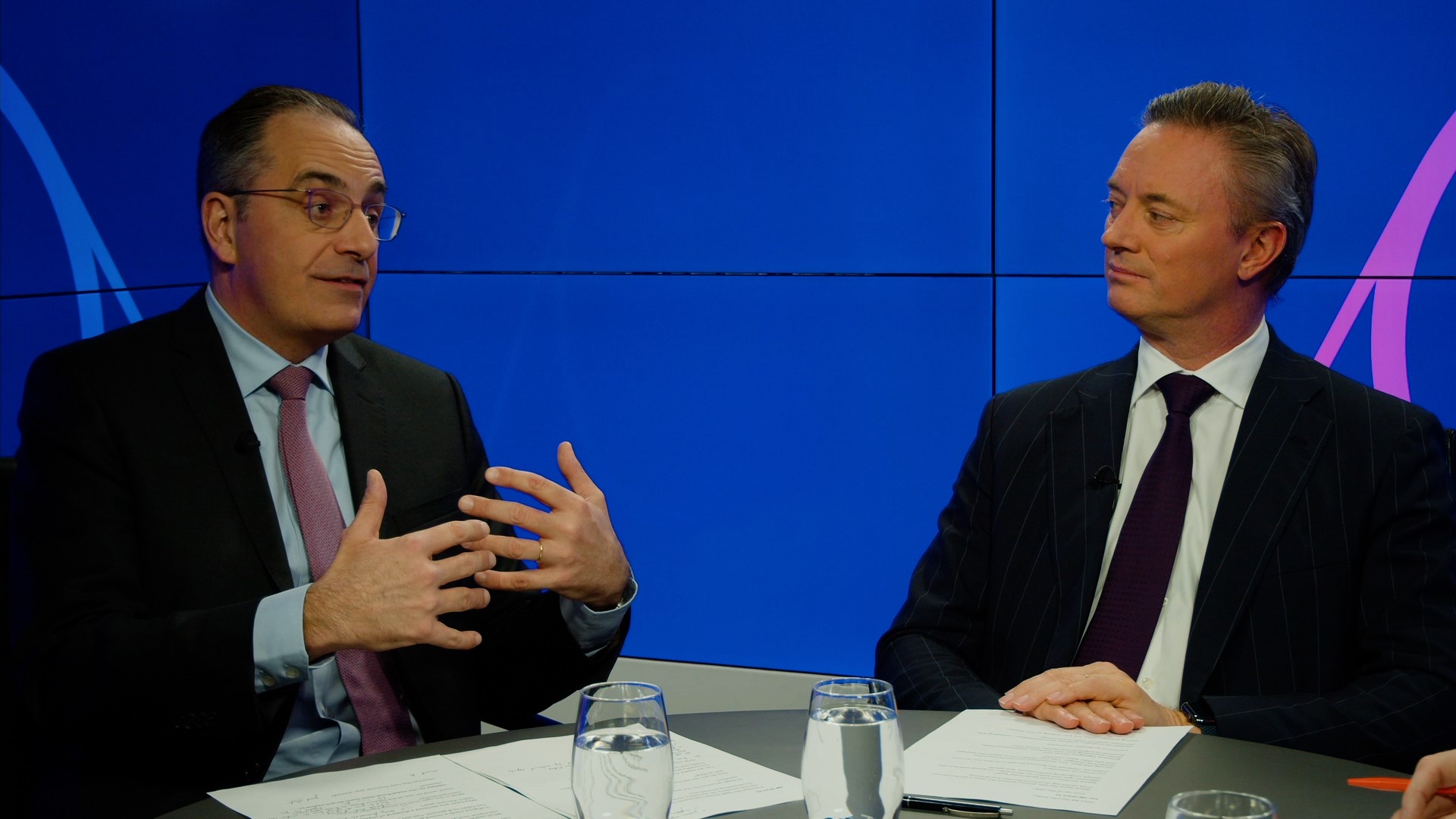
Jeremy Weir, Trafigura Executive Chairman and CEO and Christophe Salmon, our CFO, discuss the Group’s 2023 Annual Results

Jeremy Weir, Trafigura Executive Chairman and CEO and Christophe Salmon, our CFO, discuss the Group’s 2023 Annual Results
Trafigura's 2022 Annual Results
Jeremy Weir, Trafigura Executive Chairman and CEO discusses the Group’s 2022 Annual Results
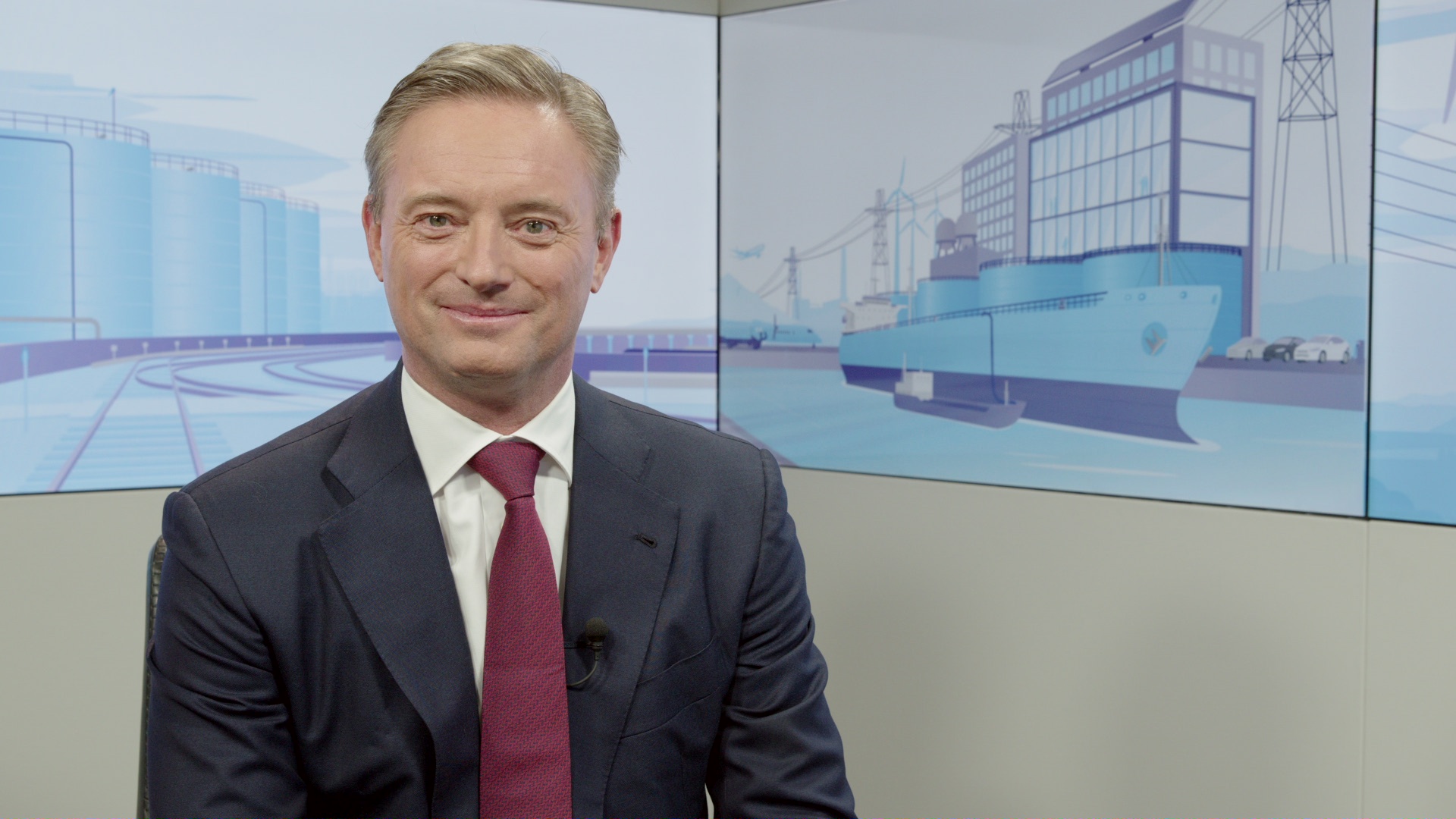
Jeremy Weir, Trafigura Executive Chairman and CEO discusses the Group’s 2022 Annual Results

Jeremy Weir, Trafigura Executive Chairman and CEO discusses the Group’s 2022 Annual Results
Trafigura's 2021 Annual Results
Jeremy Weir, Trafigura Executive Chairman and CEO discusses the Group’s 2021 Annual Results
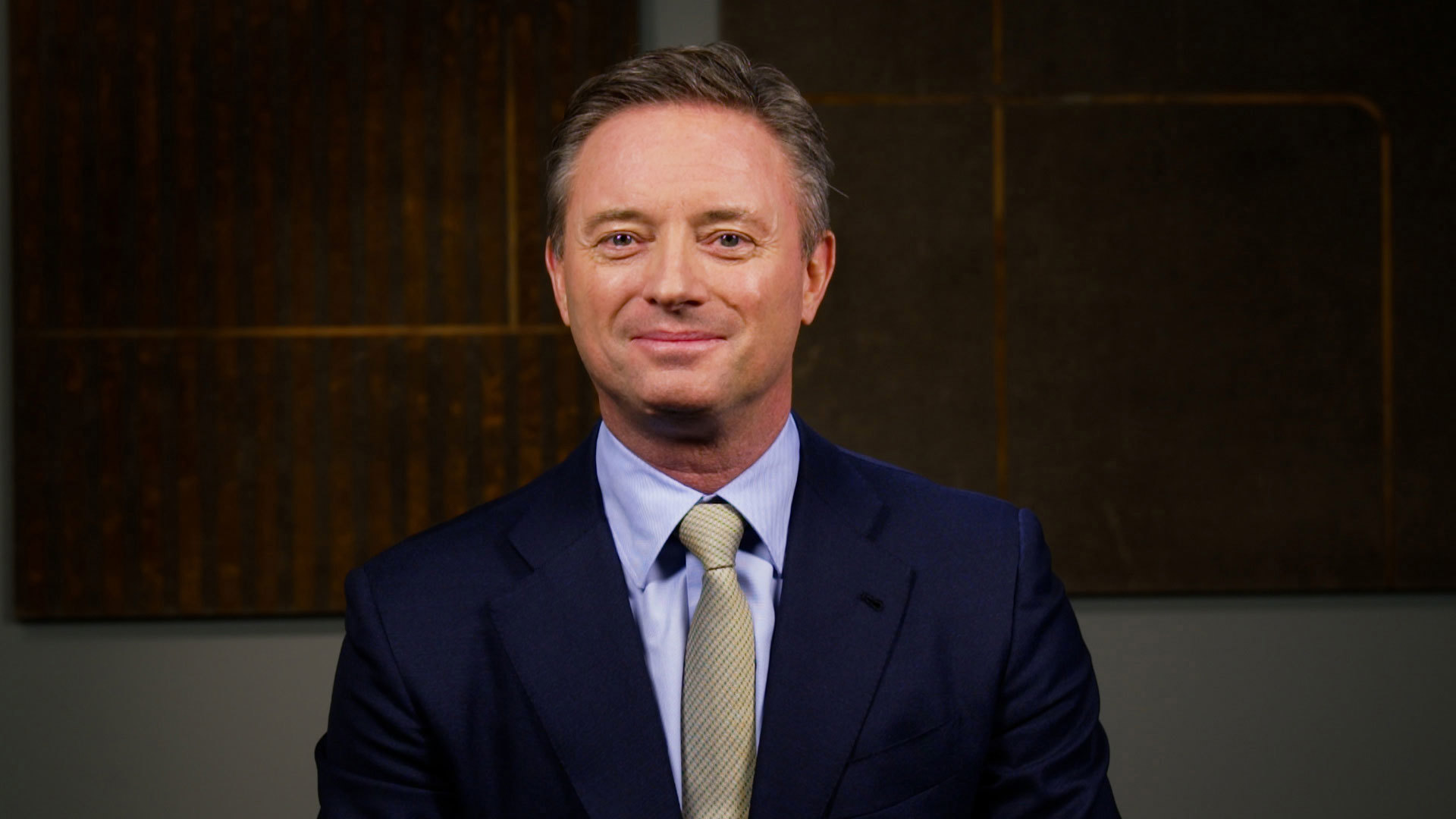

You may also be interested in
Explore our publications and get
the latest news and insights.
